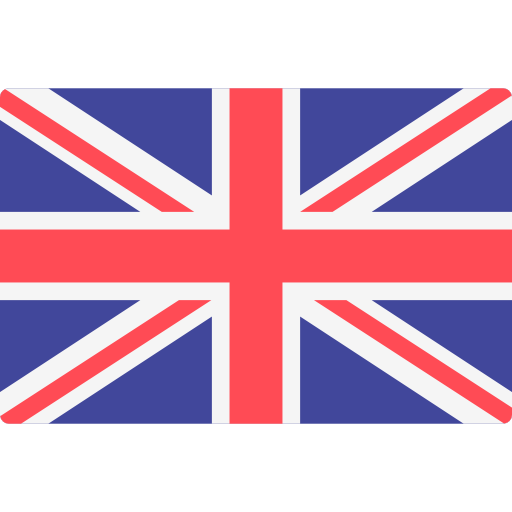
LS Level Switch
LS Level Switch
Industriel Market/OEM:
- Oleodynamic plants
- Liquid stocking
- Industrial vehicles
- Water treatment plants
- Watering plants
Data Sheets
Installation + Maintenance
Declaration of Conformity
- 📄 ATEX EU DoC LS Exd 031X 08-2022 🇩🇪🇬🇧
- 📄 ATEX EU DoC LS Exia 032X 08-2022 🇩🇪🇬🇧
- 📄 EU DoC Level Switch LS 09-2022 🇩🇪🇬🇧
- 📄 UKCA UKEX DoC LS 1426X Exd 08-2022 🇩🇪🇬🇧
- 📄 UKCA UKEX DoC LS 2585X Exia 08-2022 🇩🇪🇬🇧
Industry Brochures
Drawings + Models
Key Features
Cost effective
Wetted parts and floats available in Stainless steel or PVDF or PVC
Up to 6 independent switch levels
High temperature execution (optional)
Precise and reliable
ATEX and IEC Ex approval for hazardouz area (optional)
Markets & Applications
Energy
Food and Beverage
Tank level monitoring
Oil and Gas
Machine Automation
Hydrogen and Technical Gases
Pharmaceuticals
Pumps and Compressors
HVAC-R
Chemical and Petrochemical
- Specifications
- Downloads
Accuracy
Setpoint accuracy: ±2 mm
Switch Style
Reed contacts SPST or SPDT
Wetted Parts Material
Polypropylene
Stainless steel 316L (1.4404)
Buna-N®
Pressure Rating
Up to PN60
Ingress Protection
IP65
Setpoint
Up to 6 independent setpoint
Deadband Fixed
Case or Body Material
Stainless steel 316L (1.4404)
Epoxy coated aluminium
Polyamide
Process Connection Location
Bottom/side
Mounting
Stem
Stem length
50 ... 3000 mm
Process Connection Style
Flange according to EN 1092-1
Threaded
Flange according to ASME B16.5
Data Sheets
Installation + Maintenance
Declaration of Conformity
- 📄 ATEX EU DoC LS Exd 031X 08-2022 🇩🇪🇬🇧
- 📄 ATEX EU DoC LS Exia 032X 08-2022 🇩🇪🇬🇧
- 📄 EU DoC Level Switch LS 09-2022 🇩🇪🇬🇧
- 📄 UKCA UKEX DoC LS 1426X Exd 08-2022 🇩🇪🇬🇧
- 📄 UKCA UKEX DoC LS 2585X Exia 08-2022 🇩🇪🇬🇧
Industry Brochures
Drawings + Models
- Category: Level Switch











